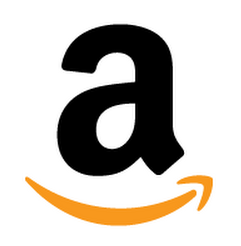How A Therapist Increased Her Income Creating Products
Hello! Who are you and what business did you start?
I’m Janine Halloran, and I’m a Licensed Mental Health Counselor who has been working with children, teens and their families for almost 20 years. I run a business called Coping Skills for Kids that I started a little over 3 years ago.
Coping Skills for Kids has products and resources to help children and teens learn how to manage stress, anxiety, and anger in healthy and safe ways. Our main products include the Coping Skills for Kids Workbook and the Coping Cue Cards, which are card decks designed to help kids use their coping skills.
The business started out quite small, and now between book sales and e-commerce revenue, our gross sales are about 10k a month, which is quite exciting.

What's your backstory and how did you come up with the idea?

Download the report and join our email newsletter packed with business ideas and money-making opportunities, backed by real-life case studies.

Download the report and join our email newsletter packed with business ideas and money-making opportunities, backed by real-life case studies.

Download the report and join our email newsletter packed with business ideas and money-making opportunities, backed by real-life case studies.

Download the report and join our email newsletter packed with business ideas and money-making opportunities, backed by real-life case studies.

Download the report and join our email newsletter packed with business ideas and money-making opportunities, backed by real-life case studies.

Download the report and join our email newsletter packed with business ideas and money-making opportunities, backed by real-life case studies.

Download the report and join our email newsletter packed with business ideas and money-making opportunities, backed by real-life case studies.

Download the report and join our email newsletter packed with business ideas and money-making opportunities, backed by real-life case studies.










































